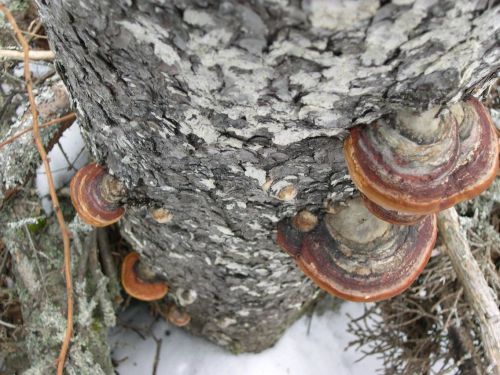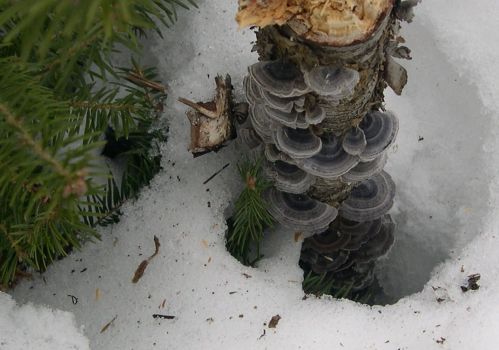Mid-January can feel so bare. The warmth and sparkle of the holidays are already a distant memory. The days are still short and the nights long and cold. New Year’s resolutions made just a couple of weeks ago seem more difficult to keep with every passing day. It seems that winter has a frozen grip around not just the landscape but our souls as well.
I wonder about the animals hibernating in their cosy holes beneath the ground. Why don’t we possess the same instinct to withdraw at this time of year? In centuries past, northern folk refrained from activities after the harvest, huddled together to conserve warmth and waited out the darker days by sleeping more and eating less.
In contrast we seem to expect more of ourselves at this time of year. January is a productive time in homes, schools and workplaces as we attempt to meet the challenges we’ve set for ourselves. If we feel tired and find it difficult to start the day or week, perhaps it should come as no surprise.
In the winter forest, lichens take advantage of the sunlight that’s blocked by the canopy of leaves during the other seasons. They cover tree trunks and hang from the bare branches. Despite seasonal interruptions in light, they carry on, eventually covering entire trees with their delicate ornament. Their growth may seem slow to us, but it is growth nonetheless.
In January, instead of expecting amazing strides in growth like leaves in springtime, we might be wiser to adjust our expectations. Renewed patience for our tasks and our ability to do them might be just what we need. The year is still new, and there’s plenty of time ahead to make fresh beginnings.
In our journey through life it does not matter whether we achieve all the goals we have set ourselves, but that we should show patience when we do not succeed in something and then make a new start.
~ Ambrose Tinsley OSB

















